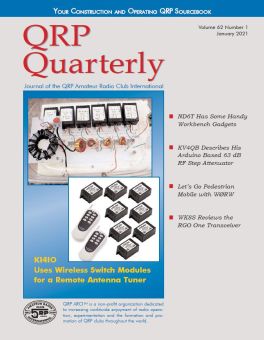The Fun and Challenge of QRP
What does QRP mean??
Wikipedia gives a concise definition of the term: A homebrew QRP low-power transmitter and receiver that fits inside an Altoids tin. In amateur radio, QRP operation refers to transmitting at reduced power while attempting to maximize one’s effective range. QRP operation is a specialized pursuit within the hobby that was first popularized in the early 1920s. QRP operators generally limit their transmitted RF output power to 5 watts or less for CW operation and 10 watts or less for SSB operation
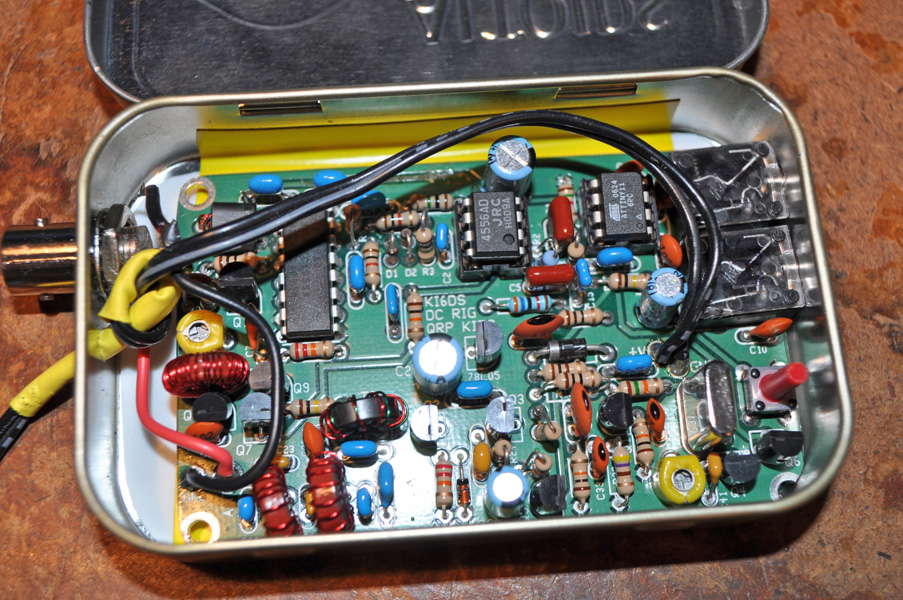
Reliable two-way communication at such low power levels can be challenging due to changing radio propagation and the difficulty of receiving the relatively weak transmitted signals. QRP enthusiasts may employ optimized antenna systems, enhanced operating skills, and a variety of special modes, in order to maximize their ability to make and maintain radio contact. Since the late 1960s, commercial transceivers specially designed for QRP operation have evolved from vacuum tube to solid state technology. A number of organizations dedicated to QRP operation exist, and aficionados participate in various contests designed to test their skill in making long-distance contacts at low power levels.
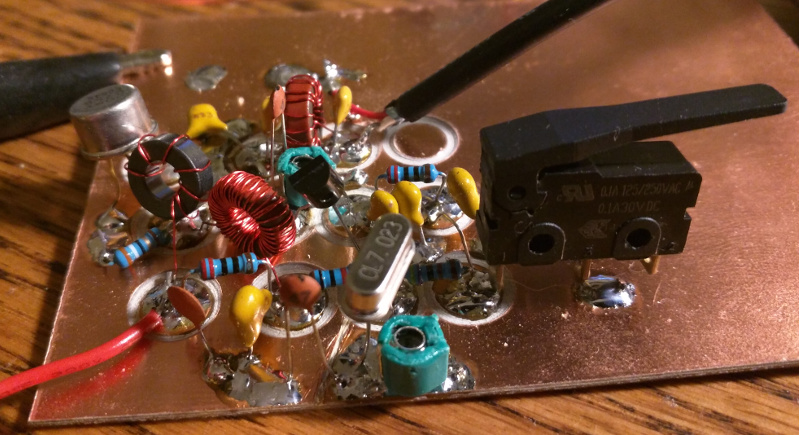
The abbreviation comes from what are known as Q-Codes, a long list of Morse Code three letter codes used first by railroad telegraphers and then by ham radio operators. The “Q” codes allow a sender to ask a question by adding a question mark after the three letters; the answer is sent with the special “Q” code.
Here is a list from a founder of the NAQCC, the North American QRP CW Club
|
Code |
Question |
Answer |
|
QRM |
Do you have interference? |
I have interference. |
|
QRN |
Are you troubled by static noise? |
I am troubled by static noise. |
|
QRO |
Shall I increase transmit power? |
Please increase transmits power. |
|
QRP |
Shall I decrease transmit power? |
Please decrease transmits power. |
|
QRQ |
Shall I send faster? |
Please send faster (… words per minute). |
|
QRS |
Shall I send more slowly? |
Please send more slowly (… words per minute). |
|
QRT |
Shall I cease or suspend operation? |
I am suspending operation. |
|
QRU |
Have you anything for me? |
I have nothing for you. |
|
QRV |
Are you ready? |
I am ready. |
|
QRX |
Shall I standby? / When will you call me again? |
Please standby. / I will call you again at … (hours) on … kHz (or MHz). |
|
QRZ |
Who is calling me? |
You are being called by … (on … kHz (or MHz)). |
|
QSA |
What is the strength of my signals (or those of … )? |
The strength of your signals (or those of …) is … (1: very weak .. 5: very strong). |
|
QSB |
Are my signals fading? |
Your signals are fading. |
|
QSD |
Is my keying defective? |
Your keying is defective. |
|
QSK |
Can you hear me between your signals (while transmitting), and if so can I break in on your transmission? |
I can hear you between my signals (while transmitting); break in on my transmission. |
QRP Gear
A wide range of radios are used in QRP operation, from the latest and most expensive rigs from Yaesu, ICOM, Kenwood, Elecraft, to rigs dedicated just to low power work, down to kits and home brewed radios. On the latest transceivers you can drop the power to 5 – 10 watts, plus you have the advantage of an excellent receiver with filters to pick out a signal in a pile up.
ICOM 7300 can be dialed down to 5 watts and it still puts out an excellent signal. Yaesu put out a series of light weight rigs meant for portable use, the FT-897, FT-857, and especially the FT-817/817ND/818 series of radios. The latter rig design is about 20 years old now but they are still priced around $400 up to $800 or so for the newest versions. Newer radios have hit the market, by ICOM and especially Elecraft, looking to capture the portable market.
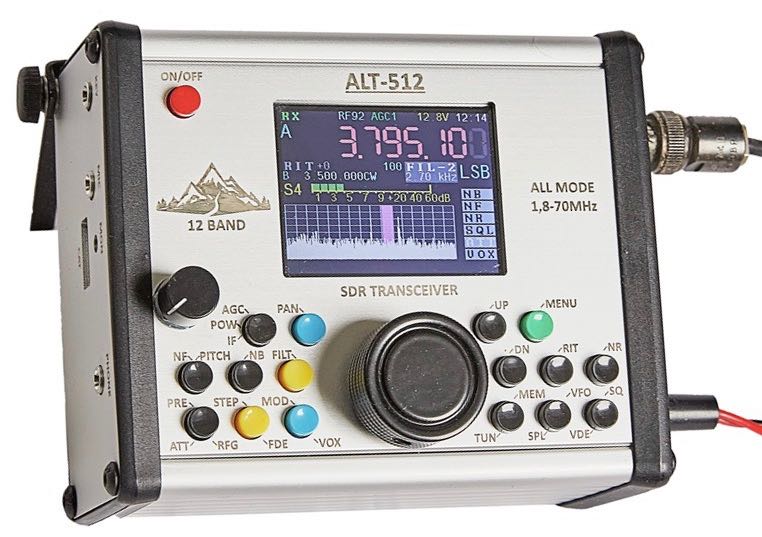
For many of us, the real fun of QRP is using a radio that fits in your pocket with a portable key, a small power pack borrowed from the RC aircraft hobby and a small manual tuner and long wire antenna up in the trees or strung out to a fiberglass fishing pole (AKA a crappy pole!) (it’s pronounced CROPPY). Or instead of the wire antenna, you can buy or build a portable loop antenna which can rival even dipoles in its performance. But loops are a whole field of study in itself, as there are several whole books written about building and using them. Whatever you use to get your signal out, your antenna is a critical but often overlooked element of the QRP station: you can have a nice little radio with a nice little antenna.
The more quality wire (correct length and orientation) in the air, the better will be your performance. There are many small companies which sell QRP rigs both in kit form and ready-built and tested. You can find them made for one to four meter bands, for complete coverage of all ham bands, for CW only or for both CW and SSB voice.
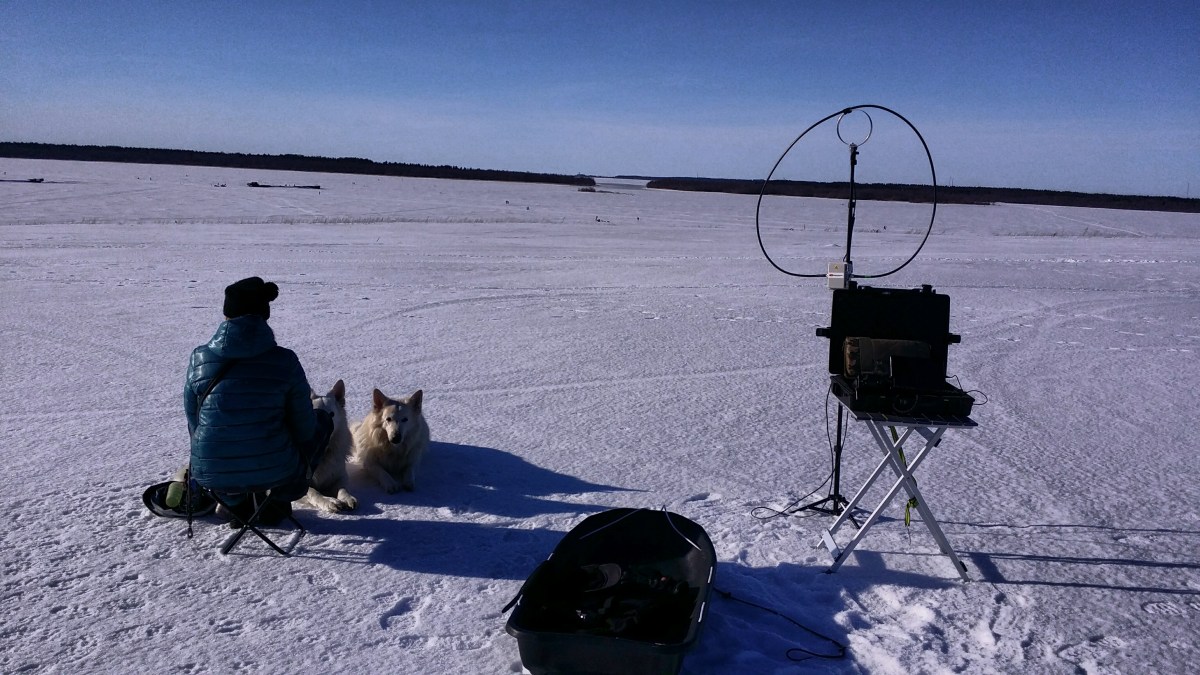
WHY QRP
Why would anyone except a masochist want to operate with less than 5 W output? What possible attraction could there be? Perhaps it’s for the same reason anyone would operate an amateur station in this age of global telephone systems and satellite TV.
Maybe it’s for the challenge of doing something a little different. Maybe it’s for the thrill. But I can tell you, there’s nothing quite like having a QSO with a Japanese, Russian, or rare DX station while running less power than a kid’s nightlight!
The QRP Q signal was created to mean “Shall I reduce power?” but has since been adopted by the enthusiasts of low-power operation as their banner. QRP has come to mean 5 W or less output for CW, or 10 W PEP output or less for SSB. Most amateur organizations and contests embrace these as the official QRP limits.
As mentioned, there are several groups/organizations dedicated to the art and science of operating QRP. These groups provide guidance to Hams interested in this segment of the hobby, along with suggestions for building QRP rigs, antennas, contests, etc.
Some of those groups include:
